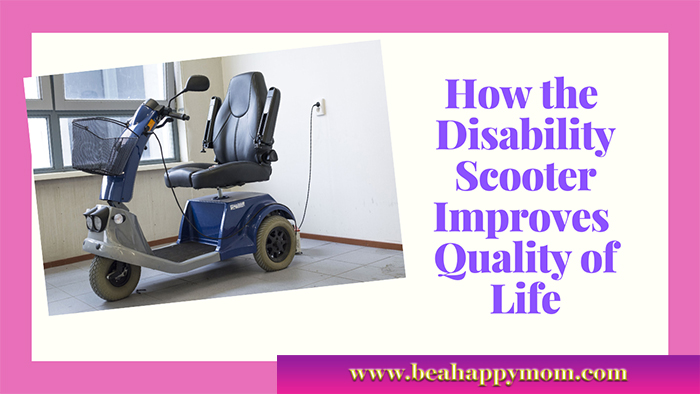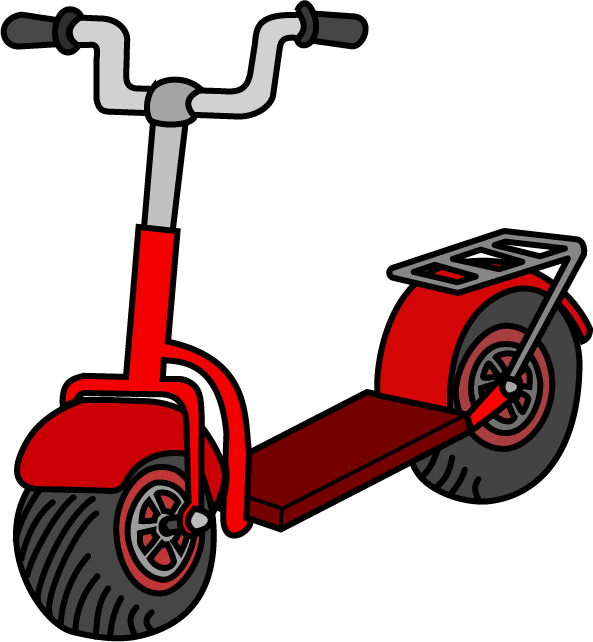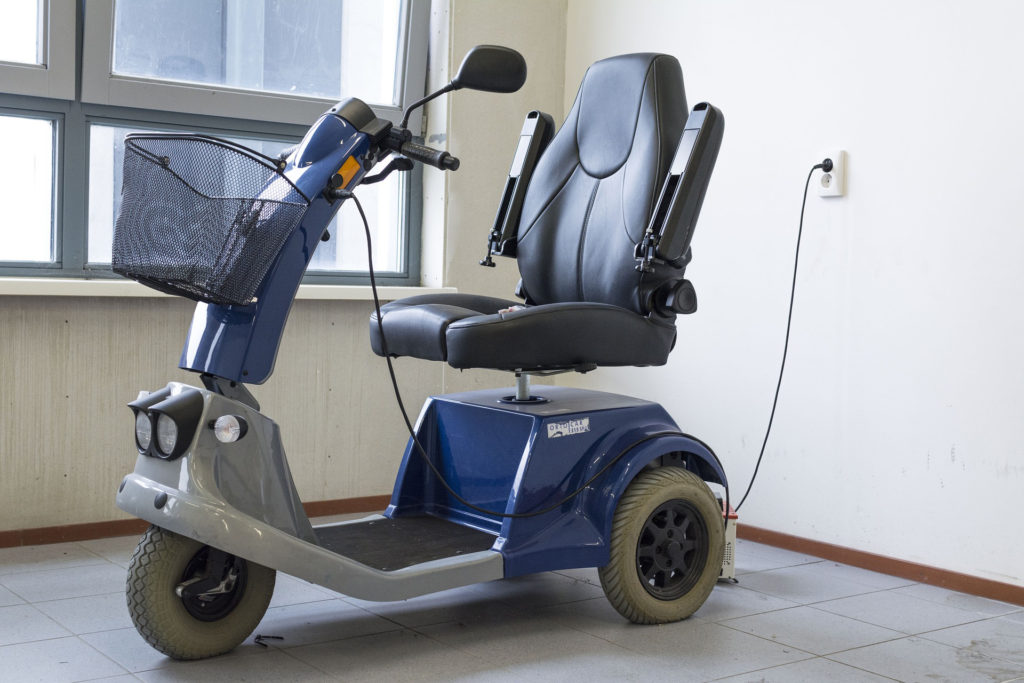Do you know what a mobility scooter is? Let’s begin with the regular scooter before we specialize. The scooter is a fun means of transport! There are however, several kinds of scooter and this can be confusing. The name scooter can apply to a type of skateboard with a steering column that connects the front wheel to the handle bars. Another version of scooter is the moped scooter (as seen above) which resembles the motorcycle and has a comfortable large space under the rider’s feet. There are many benefits to both of these scooters which vary from enjoyment or leisure to a faster way to get around that is not a car or bicycle.


Fun history about scooters
The type of scooter that reminds one of a skateboard with handlebars was first invented in Germany in 1817 by children using recycled wood. The moped type scooter was manufactured in Europe in 1947 as a low-cost means of transport following the war.
There is also a disability scooter. The disability scooter, also known as the mobility scooter, is rather like a spin-off from the moped scooter and designed to enable those with various conditions or disabilities to have the opportunity to enjoy more mobility and quality of life.

What is the history of the wheelchair?
Just as the first scooter was designed from recycled wood, the first wheelchairs were made from repurposed wheelbarrows. The first version of mobility scooter was designed by Seers in America in 1954 as a form of an electric wheelchair with three wheels. The next revised version was designed in 1968 by Alan R. Thieme in USA as a solution to assist a relative who suffered from M.S.
As mentioned, the scooter improves speed and contributes to a fun means of getting around, similarly, the disability or mobility scooter enables those who use it to have more opportunities of variety to their daily lives. Most importantly is the potential for a means getting around both indoors and outdoors, is generally more aesthetically appealing than a wheelchair and is battery operated.
Why would one need a mobility scooter?
Some examples of limitations that lead one to consider a disability scooter include low endurance, poor standing balance, shortness of breath, reduced strength and pain. Without the use of a disability scooter, someone experiencing these symptoms is at risk of becoming house-bound, having less ability to take care of their basic needs like shopping. Participating in family outings and being able to be a part of the community would also be difficult. Imagine for a moment that your child has created or invented something special that will be on display at a fair or competition. Everyone is excited about the opening of this fair and eagerly anticipating the family outing! There is however one family member who is at risk of missing out. This could be a beloved grandparent or a younger relative who might have M.E., M.S. or another condition. Thanks to the disability scooter, your relative who lacks energy or the ability to walk around the fair and keep up with the group can now participate too!
Let’s look at the specifications of a disability scooter
There are many different disability scooters with a range of specifications, these include:
- They may have three or four wheels of differing size.
- The different size and thickness of the tyres or wheels
- Size of battery including length of battery life and how often they need to be recharged.
- Type of chair that ranges from a simple seat to an orthopaedic or ergonomic seat.
- Type of arm rests including ability to lift the armrests
- Height of back support on chair which can be with or without headrest
- Ability to move or swivel the seat for ease of access
- Width of seat, including to enable two persons to sit side by side
- Type of brakes and handle bars which can be operated by the finger tips or moving the wrist.
- Size and weight of the mobility scooter.
- Some are lightweight and can be collapsed and folded making them portable. These can be pulled along with a handle rather like pulling a carry on luggage. Many disassemble into 3-5 pieces to be packed onto the back seat or into the trunk of a car and then assembled once at your destination.
- Some can be used both indoors and outdoors mostly on many varied types of terrain.
- Speed of the disability scooter differs (4-10 miles per hour) as well as the ability to alter the speed in 1-2 settings.
- For those who usually walk around with the use of a walking stick or crutches, some disability scooters have a slot to hold the walking stick or crutches offering an option for greater mobility e.g. when the family or a group of friends wish to spend time in nature, a botanical garden or a day out that will necessitate much walking.
- Some have sections that can be customized in terms of colour
- Some of the larger ones can resemble a type of motorcycle
As you can see, the disability or mobility scooter meets many needs of the regular scooter.
To assist you in deciding which disability scooter to purchase, some companies offer a home demonstration. You can also visit independent living organizations or seek assistance from an occupational therapist and / or physiotherapist.
Most importantly, make sure to find one you will be comfortable using and will give you a better quality of life.


